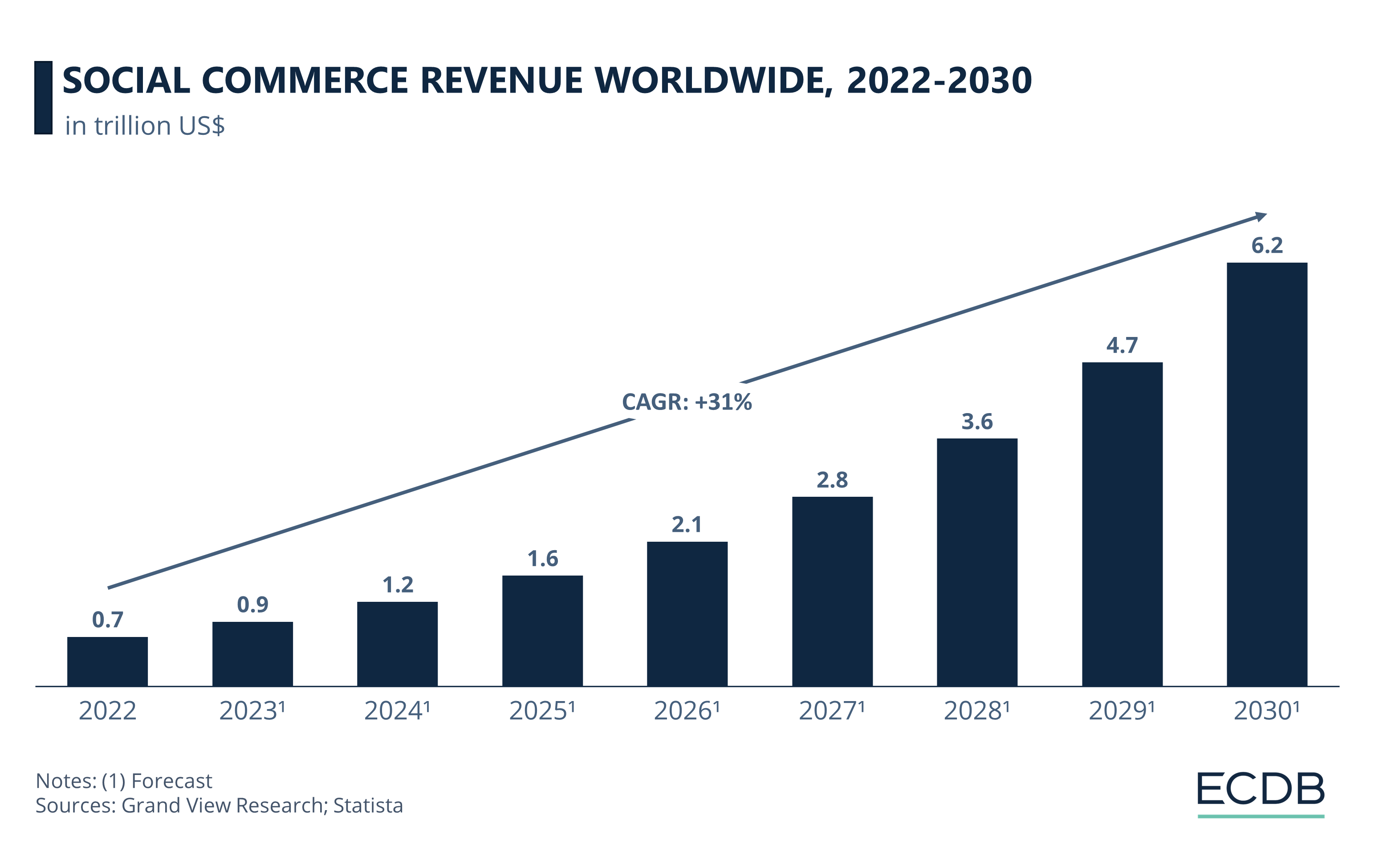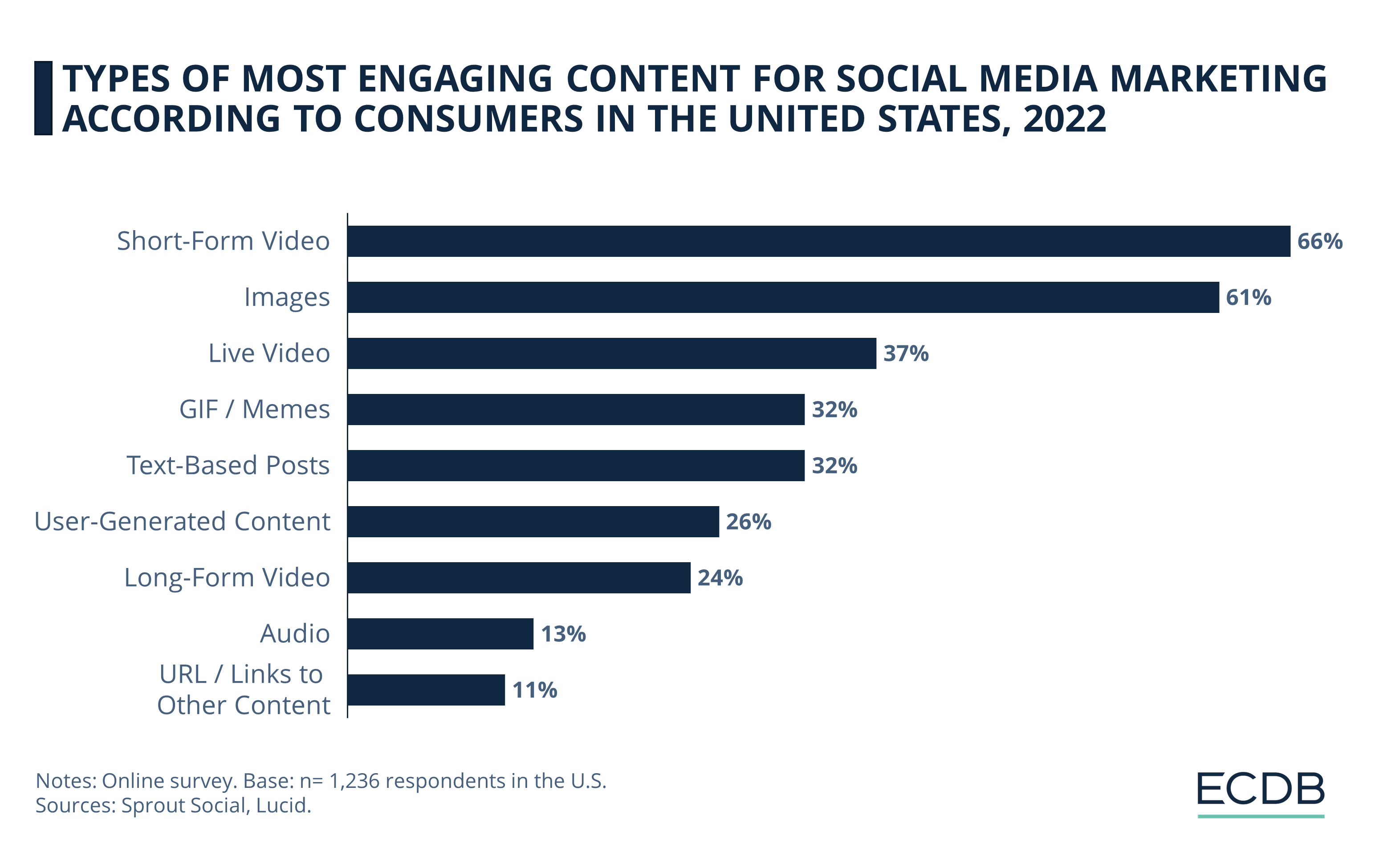eCommerce: Trends
Flip, the Social Commerce Site From the U.S.: What Is it & How Does it Work?
Flip is a trending eCommerce marketplace that leverages social commerce to sell the products. With user-generated short videos, the platform creates an ecosystem of reviews, which are financially incentivized. Learn more about how Flip works here.
Article by Nadine Koutsou-Wehling | April 15, 2024
Flip (flip.shop): Key Insights
Advertising Authenticity: Flip relies on user-generated content discussing products purchased on the site. Through financial incentives, Flip emphasizes traffic over conversion and thereby encourages honest reviews.
Multiple Streams of Income: Users earn site credits by engaging with the content, posting reviews, and referring social contacts to the site.
Questionable Viability: Through frequent discounts and payouts, Flip generates buzz, but it is uncertain how long the platform can sustain the scheme. On the other hand, brands pay Flip to promote certain content, which calls into question the site's claim to authenticity.
Have you heard of Flip (flip.shop)? The new social commerce platform is gaining momentum as it introduces a new way to combine social networking, advertising, and eCommerce.
Founded in 2019, Flip recently closed its Series B funding with US$60 million, and the company is currently valued at US$500 million. According to Flip itself, the site has increased its user base by five times since early 2022, while platform transactions have increased by six times.
What makes Flip stand out? ECDB identifies platform characteristics, success factors and challenges.
Monetizing Product Reviews: A Distinct Model
Commonly described as a cross between TikTok and Amazon, Flip is a U.S.-based social commerce marketplace that features customer reviews in a short video format as a means to rate products on display.
The site’s intent is to provide viewers with authentic opinions from real customers, build trust and encourage interaction between users. When consumers decide to buy a product on Flip, it is shipped to them directly from the brand, and they are financially incentivized by Flip to post their own review of the product they just received.
What makes Flip remarkable is that it is essentially an American interpretation of social commerce that marketers and users have been waiting for. In our insight on the state of global social commerce, we cited projections of steady market growth through 2028:

At the same time, there is the problem of prevalent distrust of social commerce, particularly in the U.S. Flip aims to address the issues with the following safeguards:
Users can only review products they have bought through Flip.
Only established brands can sell their products on the site, no resellers are allowed.
Traffic generates higher payouts than conversion rates, incentivizing reviewers to prioritize honesty and relatability over generating sales.
The algorithm de-prioritizes positive reviews with unusually high return rates from consumers who purchased the product through the review.
See what this looks like in more detail.
Flip Drives Traffic and Engagement With Financial Rewards
Flip relies on financial incentives for users to invite contacts to join the site, post content, and interact with reviews. Monetary rewards can be categorized based on the role the user plays:
Earnings as a Viewer
What makes Flip special is that users can earn credits by simply engaging with the site, no different than they would on established platforms like Facebook, Instagram or TikTok:
You can earn between US$0.01 and US$0.08 for watching a video (part or all of it), adding an item to your cart (whether you buy it or not), commenting on videos, liking videos, and sharing videos inside or outside the app.
Kapwing’s app reviewers did not find a specific pattern to how many cents viewers receive per interaction type.
By accumulating funds through app interactions, users can receive up to 30% off products purchased within the app. Cashouts are not allowed for interaction rewards.
Inviting Your Social Circle
Social referrals are a typical social commerce concept that has been working in the APAC region for quite some time, while in Western markets it has been introduced primarily through apps like Temu.
Naturally, social referrals are beneficial to app providers as they lead to higher user numbers. At the same time, users gain rewards. In Flip’s case, they vary:
Discounts of up to 95% off the next purchase for both the inviter and the invitee.
Deposit varying amounts of money per contact as a credit that can be used for discounts or payouts.
Again, there seems to be no discernible pattern to determine how much money you get per contact or when someone receives a discount code versus a payout.
Earnings as a Reviewer
First of all, it is pay-to-play: Flip users earn the most credits by posting reviews of products they have purchased on the app, regardless of whether they rate them positively and make a sale. Reviewers can also trash products, but if the review generates high traffic, the payouts will reflect the engagement positively.
As a reviewer you can thus earn credit through:
Sales: Receiving a 5-15% sales commission on orders placed as a result of your content.
Engagement: Earning US$15-US$25 for every 1,000 unique views on posted videos for 30 days and US$40-US$60 for every 1,000 unique views on livestream videos for 60 days.
Unique views are defined as views that last longer than 3 seconds for posted videos and longer than 60 seconds for livestreams.
The Ambiguity of Flip’s Business Concept
Flip’s platform concept seems to fit perfectly into today’s media landscape, combining the demand for authenticity with users’ preference for short-form video content. According to Sprout Social, short videos are the most effective format to reach users on social networks:

But how authentic is the content on Flip really? And aren’t there workarounds for brands to encourage positive reviews regardless of the contact ban imposed by Flip?
It is a double-edged sword: since users are rewarded more for engagement than for conversions, an honest negative review still generates income, which is a refreshing concept. Nonetheless, the platform needs to generate revenue to manage all the rewards it grants to users. Brands therefore pay the platform to promote certain reviews, which Flip takes as advertising revenue that funds user rewards.
As for workarounds, a Wire investigation cited one Flip user who was contacted by a beauty and lifestyle brand on Instagram, offering to send free products in exchange for positive reviews on Flip.
Another reviewer took issue with Flip’s pushy messages encouraging users to invite their social circle, which they perceived as spam.

Flip: The Bottom Line
The result is ambiguous: On the one hand, Flip’s financial viability is called into question; on the other, the call for authenticity may be a bit overblown. To be sure, the novelty of the concept likely inspires other platforms to participate with their own version, further developing social commerce and establishing the trend in the U.S. and European markets.
Sources: Businesswire – Kapwing – Komando – Retailtouchpoints – Sociallypowerful – The Verge – Wired
Related insights
Article
Most Valuable Global eCommerce Companies 2024
Most Valuable Global eCommerce Companies 2024
Article
Adidas: Stagnant Online Sales Development
Adidas: Stagnant Online Sales Development
Article
TikTok Ban in the United States: How Will This Impact Social Commerce?
TikTok Ban in the United States: How Will This Impact Social Commerce?
Article
Online Consumer Electronics Market in the United States: Top Players & Market Development
Online Consumer Electronics Market in the United States: Top Players & Market Development
Article
Cross-Border eCommerce in China: GMV Growth, Leading Markets, Top Companies
Cross-Border eCommerce in China: GMV Growth, Leading Markets, Top Companies
Back to main topics